- Water Testing Meters
- Anemometer
- Length & Distance Meter
- Multimeter & Clamp Meter
- Light and Sound Meter
- Slide Calipers & Screw Gauge
- Thermometer & Hygrometer
- Milk Testing Meters
- Paper, Grain & Wood Testers
- Stopwatch & Timers
- Soil Testing Meters
- Refractometers & Analyzer
- Magnetic Compass
- Tachometer & Megger
- Thickness & Dia-Meters
- Other Meter And Accessories
Methyl Orange Indicator 25g Merck
৳ 750.00
- Methyl Orange Indicator
- Pack Size: 25g
- Brand: Merck
- Origin: Germany
- Made in India
SKU:
56312
Category: Lab Chemicals
Tags: Chemical Price in BD, Lab Chemicals, Lab Reagents, Methyl Orange, Methyl Orange Indicator
Description
Methyl Orange (C.I. 13025) indicator ACS, Reag. Ph Eur, Formula: C14H14N3Na)3S, Molecular Weight: 327,34g/mol, and Synonyms is a 4-Dimethylaminoazobenzene-4′-sulfonic acid sodium salt, Gold orange, Helianthine, Orange II.
Features of Methyl Orange Indicator
Methyl Orange Indicator (25g, Merck) is a commonly used pH indicator in titrations, particularly for determining the acidity or alkalinity of a solution. It changes color depending on the pH of the solution:
- Red at pH < 3.4 (acidic conditions)
- Orange at pH 3.4–4.4 (transition range)
- Yellow at pH > 4.4 (alkaline conditions)
Methyl orange is particularly useful for titrations involving strong acids (like HCl) and weak bases (like sodium carbonate), where the color change occurs sharply within the acidic range. It is typically sold as a powder, and for use, it is dissolved in water or alcohol to create a solution for titration or pH testing. The 25g package from Merck is often used in laboratories for routine analytical procedures.

Methyl orange is a versatile pH indicator that exhibits a distinct color change, making it useful in various applications, particularly in acid-base titrations.
The Common Uses of Methyl Orange Indicator:
1. Acid-Base Titrations
- Strong Acid and Weak Base Titrations: Methyl Orange is commonly used to titrate strong acids (e.g., hydrochloric acid) with weak bases (e.g., sodium carbonate). The color change from red to yellow at the endpoint allows for precise determination of the acid concentration.
- Titration of Strong Bases: Methyl Orange can also be used for titrating strong bases. However, it is more often used with acidic solutions because its transition occurs within the acidic pH range (3.4–4.4).
2. Water Quality Testing
- Methyl Orange is used to test the pH of water samples, particularly in cases where the pH is expected to be in the acidic range, such as in wastewater or industrial effluent analysis.
3. Soil Testing
- It can be used in soil chemistry to assess the pH of soil samples. If the soil is acidic, the Methyl Orange indicator will display a red-to-orange color, indicating the need for pH adjustments.
4. Food and Beverage Industry
- Methyl Orange is sometimes used in the food industry for testing the pH of products, especially when monitoring acidity levels in beverages, canned foods, and dairy products.
5. Chemical Analysis
- In chemical labs, Methyl Orange is employed to detect the acidity of various chemicals, ensuring they meet the required standards for further use in synthesis or manufacturing.
6. Qualitative Analysis
- Methyl Orange is used in qualitative inorganic analysis to help identify acidic solutions or determine the presence of certain acidic species during systematic analysis.
7. Acid-Base Equilibrium Studies
- It’s used in teaching labs for studying acid-base equilibria because of its sharp and clear color transition over a narrow pH range, making it easy to observe.
Color Change at pH Ranges by Methyl Orange:
- Red: pH < 3.4 (acidic)
- Orange: pH 3.4–4.4 (transition range)
- Yellow: pH > 4.4 (basic)
Its ability to provide a distinct, easily observable color change makes it valuable for applications requiring a clear and precise indication of pH.

Reviews (0)
Only logged in customers who have purchased this product may leave a review.
About brand
Merck is a global science and technology company, with a history spanning over 350 years, focused on healthcare, life science, and electronics, known for developing medicines, vaccines, and other innovative solutions. Merck aims to enable a safe, sustainable, and healthy future for all people and communities.Labtex Bangladesh is a seller, supplier and stockist of Merck brand chemicals and reagents in Bangladesh. We have home delivery service all over the Bangladesh.
Shipping & Delivery
Delivery within 1-3 working days in Dhaka City and 3-5 working days anywhere in Bangladesh.
Disclaimer and Declaration
We are using this website as a catalog or brochure to represent our company in the digital world. Here displayed products and the physical products may slightly vary due to the deviation of lighting sources, photography, or your device display settings. And to improve product quality and prevent counterfeiting, actual products may vary, which may not match the image shown here. And here prices shown may be changed depending on the market price. And all prices are without VAT and AIT. Displayed on this website are not our ready-stock products, but we can deliver within the due time, which means delivery within 1-3 days in Dhaka city and within 3-5 days anywhere in Bangladesh.N.B.: We can’t deliver liquid products outside of Dhaka City. Please don’t place an order for liquid products from outside Dhaka City.Special Caution: None of our chemicals is suitable for human consumption or use in food. These are only for Research and Analysis.
Website Disclaimer:
This website may use some copyrighted materials without specific authorization of the owner, but the contents used here which is under the “Fair Use” of website content Policy. Copyright Disclaimer Under section 107 of the Copyright Act 1976, allowance is made for “fair use” for purposes such as comment, news reporting, teaching, scholarship, research, and analysis. Fair use is a use permitted by copyright statute that might otherwise be infringing. Non-profit, educational, training, experimental, or personal use tips the balance in favor of fair use. If you have any complaints about our content or find any content, image, video, or text that is copyrighted by you and want to remove it from this website, please feel free to email us at Labtexbangla@gmail.com. Those contents will be removed from this website.বি: দ্র: আমাদের অফিস থেকে সরাসরি পণ্য নেওয়ার ক্ষেত্রে, আমাদের অফিসে আসার নূন্যতম ৩ ঘন্টা আগে ফোনে জানিয়ে আসতে হবে। নতুবা ততক্ষনাৎ অফিস থেকে পণ্য দেওয়া সম্ভব হবে না।বিশেষ সর্তকতাঃ আমাদের কোনও রাসায়নিকই মানুষের ব্যবহারের জন্য বা খাবারে ব্যবহারের জন্য উপযুক্ত নয়। এগুলি কেবল গবেষণা এবং বিশ্লেষণের জন্য।




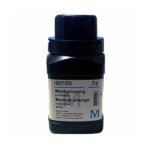


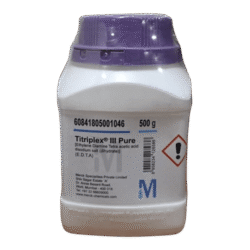
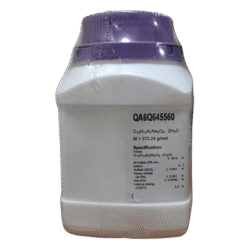
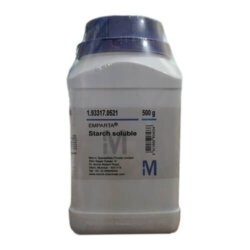
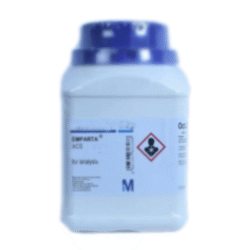
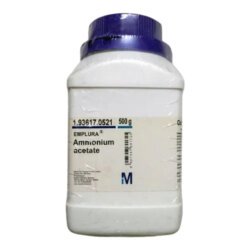
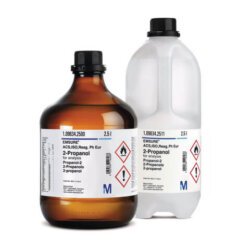
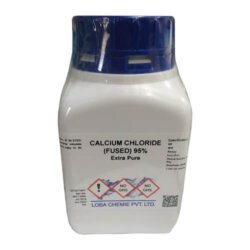
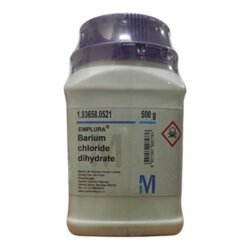
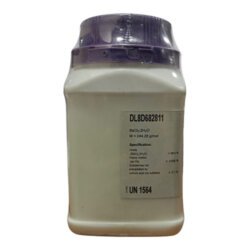
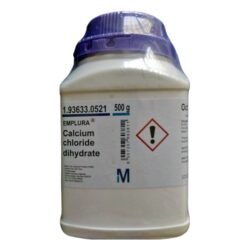
Reviews
There are no reviews yet.